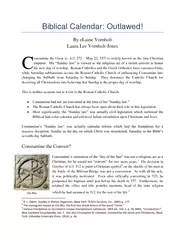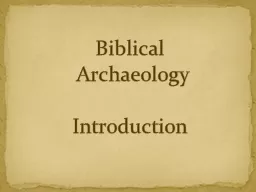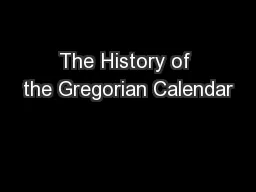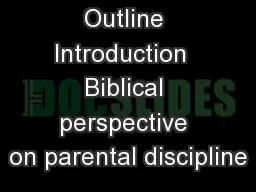PDF-Biblical Calendar: Outlawed
Author : pamella-moone | Published Date : 2015-09-16
By eLaine Vornholt Laura Lee Vornholt Jones onstantine the Great c AD 272 x2013 May 22 337 is widely known as the first Christian emperorB His x201CSundMy lMRx201D
Presentation Embed Code
Download Presentation
Download Presentation The PPT/PDF document "Biblical Calendar: Outlawed" is the property of its rightful owner. Permission is granted to download and print the materials on this website for personal, non-commercial use only, and to display it on your personal computer provided you do not modify the materials and that you retain all copyright notices contained in the materials. By downloading content from our website, you accept the terms of this agreement.
Biblical Calendar: Outlawed: Transcript
Download Rules Of Document
"Biblical Calendar: Outlawed"The content belongs to its owner. You may download and print it for personal use, without modification, and keep all copyright notices. By downloading, you agree to these terms.
Related Documents














